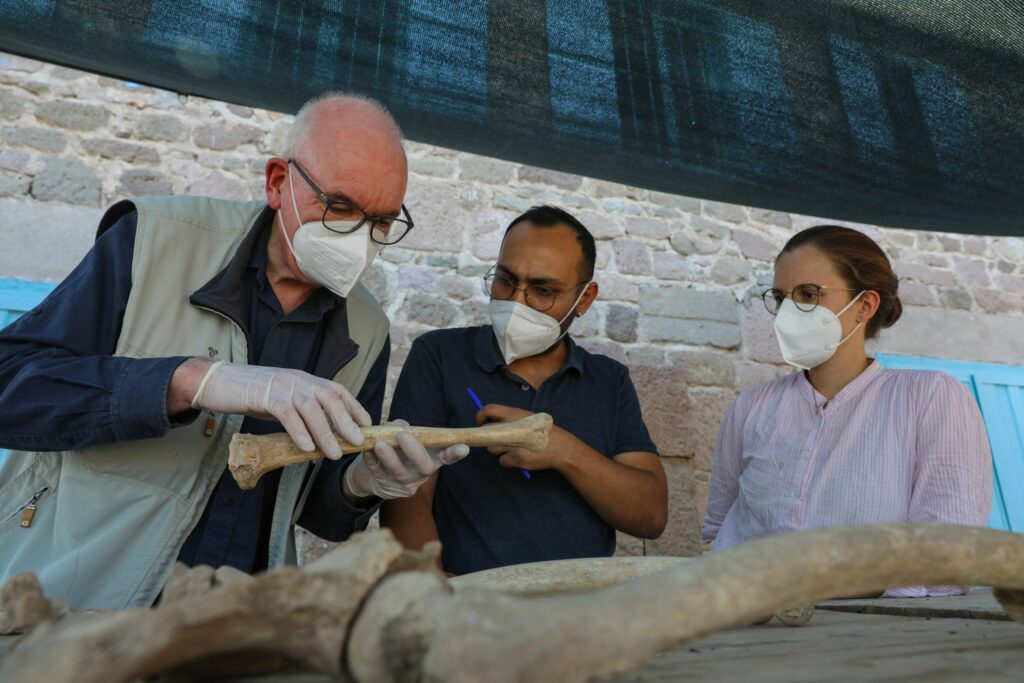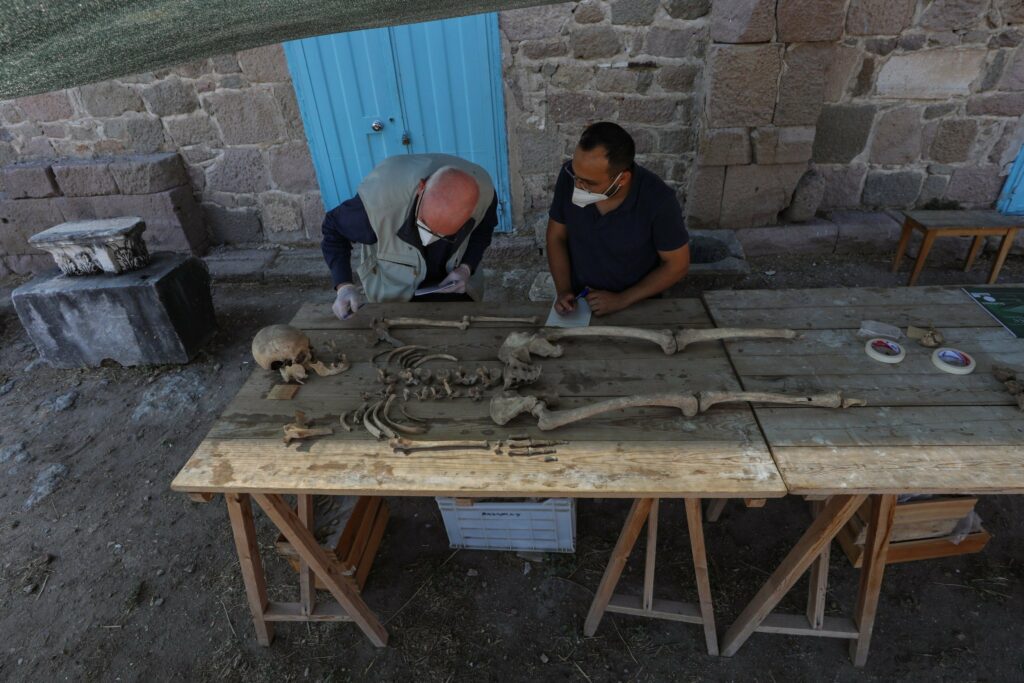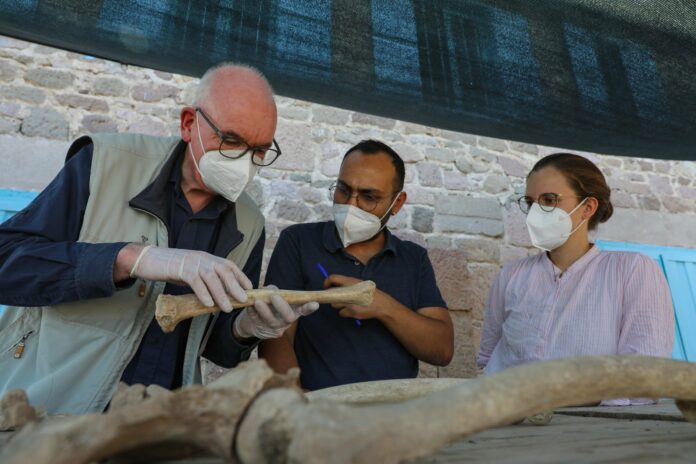In a groundbreaking study, an international team of Turkish and German scientists has shed light on the dietary habits and health of the residents of ancient Pergamon, a city located in western Turkey. By examining unearthed skeletons dating back 2,000 years, the researchers have gained fascinating insights into the lives of the inhabitants during the Roman and Byzantine eras.

The Study
Led by Professor Wolf Rüdiger Teegen, a specialist in Prehistoric Protohistory and Roman Archaeology at Munich’s Ludwig Maximilians University, the study involved the analysis of 300 skeletons and bone fragments. The research aimed to uncover dietary disparities, dental issues, and sinus problems experienced by the residents of Pergamon.
Dietary Habits
Carbohydrate-Rich Diet
Through the examination of ancient teeth, the researchers discovered that the diet of Pergamon’s residents predominantly consisted of carbohydrates and plant-based foods. Staples such as bread and porridge were commonplace in their meals, reflecting a carbohydrate-rich regimen.

Meat Consumption and Social Status
The study also revealed that meat consumption varied based on social status. Those with greater financial means had greater access to meat. During the Roman Empire, beef was relatively affordable compared to pork, which was highly popular. Interestingly, rabbit meat was considered the most expensive meat during that era.
Life Expectancy and Gender Differences
The research team paid close attention to age and sex patterns in the skeletons. They found that people in Pergamon typically lived between the ages of 20 and 40, with a lower death rate among the older age group. Women often did not survive past the age of 40, likely due to factors such as pregnancy and childbirth.
Health Issues
Dental Problems
The study revealed that abscesses and tooth loss were two of the most common health problems encountered in ancient Pergamon. These ailments notably affected individuals during their childhood and youth, highlighting the impact of such conditions on the lives of the city’s inhabitants.

Challenges in Determining Causes of Death
The researchers noted that diseases characterized by symptoms like fever or diarrhea left no discernible marks on the skeletons, making it challenging to ascertain the causes of death beyond traumatic injuries.
Conclusion
The comprehensive study of skeletons from ancient Pergamon has provided valuable insights into the dietary habits and health of its residents. The findings underscore the dietary disparities based on social status and shed light on the prevalent health issues in this ancient population. This research contributes to our understanding of life in Pergamon during the Roman and Byzantine eras.

